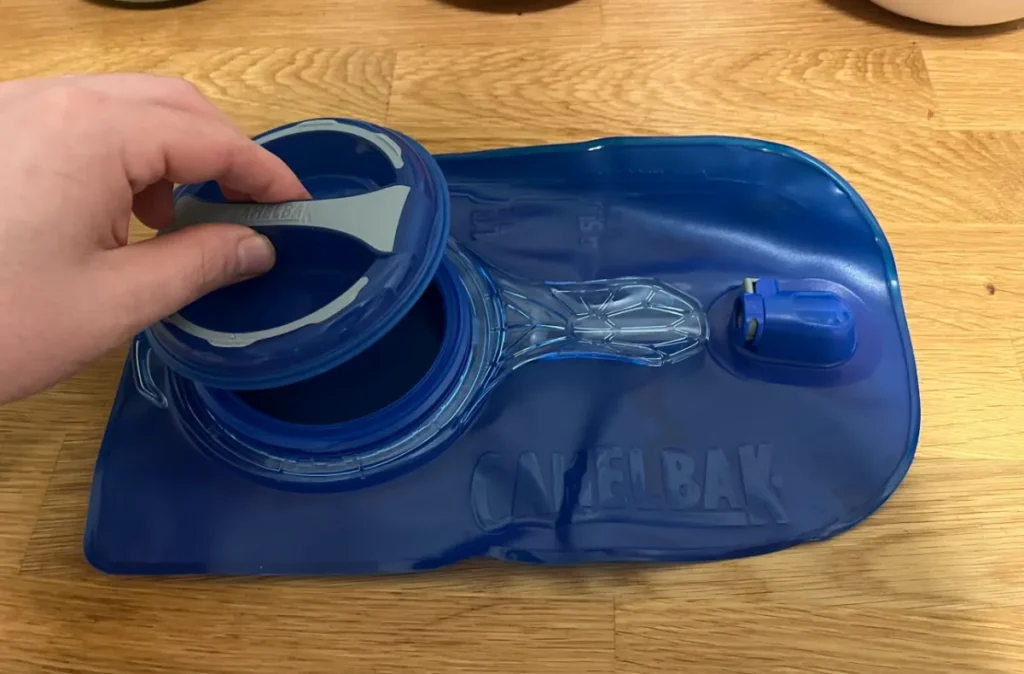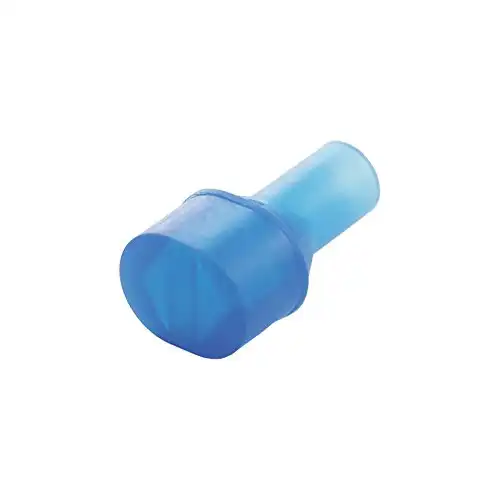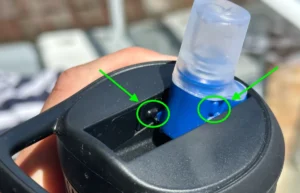I found a great deal on a new CamelBak bladder a few days back. I had it in my cart and was about to check out when I realized that I already had three.
Did I really need another?
I went out to my garage and inspected them to see if any would need to be replaced soon. It turns out they were all still in great shape — kind of surprising, considering that two of them are well over five years old.
Which made me wonder, how long do CamelBak bladders actually last?
CamelBak bladders last for three to six years on average. Though some may last for only a few months and others for ten years or more. A lot of it depends on the way you use your bladder, how often you use it and how well you clean it. High impact activities and frequent use will wear out your bladder much faster than low intensity activities and occasional use.
I ended up buying the new bladder anyway (because why not?). If they’re going to last for so long, it seems like a solid investment. Plus it's about how much you save not how much you spend right? At least that's what my partner tells me when she buys all these items she doesn't need.
How Long Does A CamelBak Bladder Last?
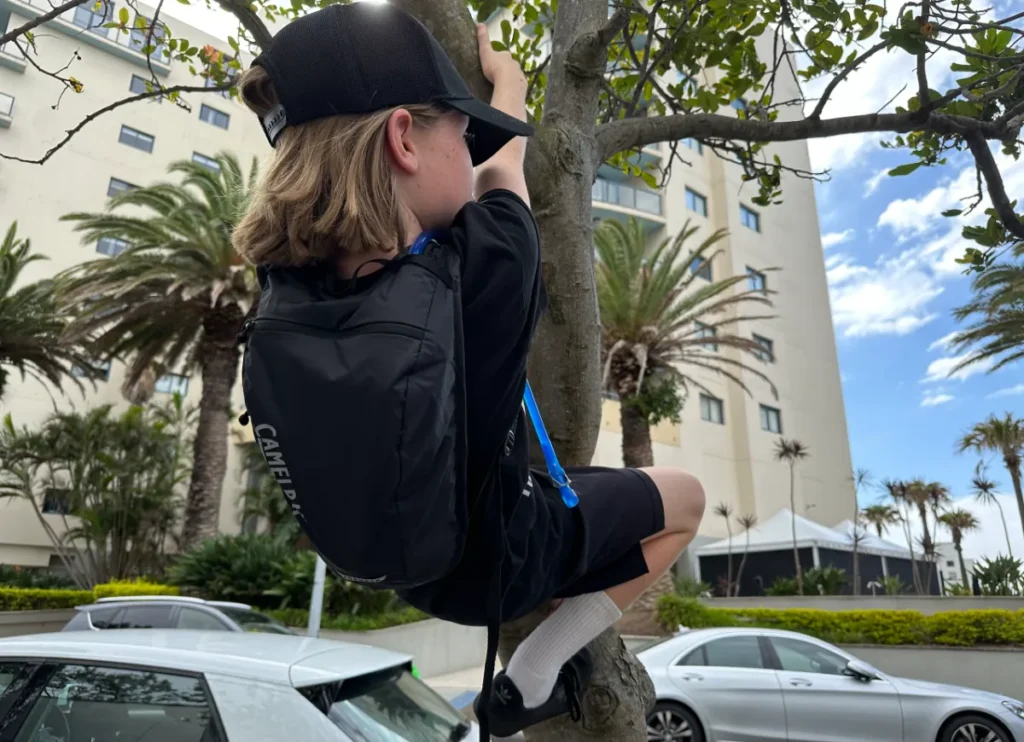
On average, a CamelBak bladder will last for anywhere from three to six years. But it’s not uncommon for them to last significantly longer or shorter either.
My oldest bladder is about eight years old and still going strong.
It really just depends on how well you treat your bladder, what you use it for, and how often you use it.
How You Use Your CamelBak
The way you use your CamelBak has a huge effect on how long it lasts.
High impact activities, like mountain biking and running, will shorten your bladder’s lifespan. The weight of water sloshing around in your pack with each stride or bump puts a lot of strain on your bladder.
On the other hand, low impact activities like walking and hiking are relatively harmless by comparison.
How Often You Use Your Bladder
The more frequently you use your bladder, the quicker it’ll wear down. Naturally, a CamelBak used once a month will last a lot longer than one used daily, thanks to the accumulation of abuse it takes during use.
On the opposite end of the spectrum, a CamelBak bladder that’s rarely used may not last quite as long either.
When stored for a long time in certain conditions, a CamelBak’s seams can become brittle and more likely to split.
If you plan to store your bladder for an extended period, make sure it’s in a room with low humidity, away from high temperatures, with no direct exposure to sunlight.
Mouth Pieces and Valves Tend To Wear Out Faster Than The Bladder Itself
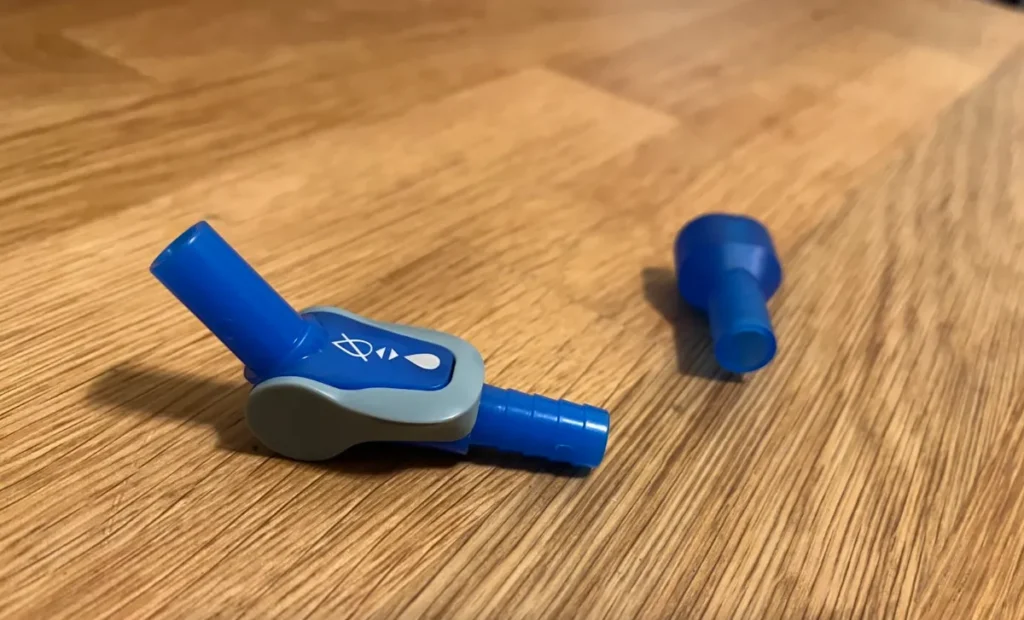
The bite valve mouth piece is the part of a CamelBak that is most used and abused.
The force from each bite eventually wears down the bite valve and eventually it will no longer create an effective seal and your CamelBak bladder will start leaking.
However, you shouldn't immediately throw out your entire hydration pack and buy a new one because these smaller parts can be replaced.
You can get replacement parts for CamelBak drinking tubes, CamelBak on/off valves and CamelBak bite valves. They aren't too expensive and it's much less wasteful than buying a brand new bladder.
Patented Big Bite Valve mouthpiece offers hands-free hydration and is ideal for any high-performance situation. Self-seal after each drink.
Generally, you’ll need to replace your bite valve every year or two. You’ll know it’s time when the self-sealing starts to fail and your mouthpiece leaks.
But it’s no big deal, new bite valves are inexpensive and are quick and easy to replace.
Mold Growth Ruins CamelBak Bladders
It's also extremely important that you completely dry your bladder and drinking tube before storing it for any period of time otherwise mold can grow quite easily and this will ruin your CamelBak if not treated.
Mold grow has likely destroyed more CamelBaks than broken seams or damage to other parts of the bladder. It's very common for people to leave their CamelBaks without drying them properly and mold grows in the hard to see and hard to reach places giving your CamelBak a funky smell and taste.
You don't need me to tell you that you don't want to be drinking mold. It's extremely bad for your health.
You can remove mold from a CamelBak bladder but it's much better to stop the mold from growing in the first place.
Check out my tips to prevent mold in your CamelBak bladder.
How Much You Fill Your Bladder
How full you fill your bladder also has a large effect on how long it lasts.
While TPU (the material CamelBak bladders are made of) is pretty durable and can stretch quite a bit, regularly overfilling your bladder puts a lot of stress on its seams.
Fill the reservoir no more than about ¾ full to maximize your bladder’s lifespan.
I still fill my CamelBak up 100% (otherwise it feels like a waste) but I am careful not to overfill it and I tend to drink a bit of water fairly quickly to minimize the damage to my bottle.
Damage To Your CamelBak
In addition to wear and tear, you’re much more likely to damage your bladder during high intensity use.
After all, falling and landing on your pack is much more likely on a mountain bike than if you were simply walking peacefully on a trail.
While it’s possible to repair torn and ruptured bladders, there aren’t really any great long term solutions because most fixes require adhesives that may leach chemicals into your drinking water.
You’re usually better off just replacing a damaged bladder.

